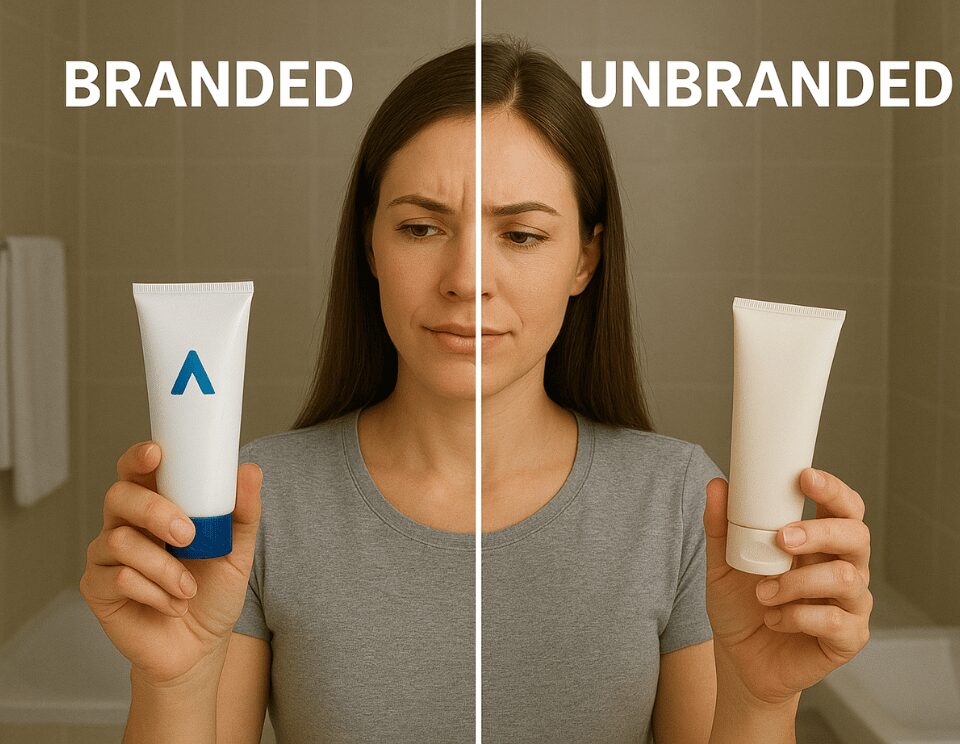What is a Likert scale?
A Likert scale is a type of rating scale commonly used in surveys and questionnaires to measure people's attitudes, opinions, or perceptions. It typically consists of a series of statements or questions, to which respondents indicate their level of agreement or disagreement on a predefined scale. The likert scale questions are usually numbered from 1 to 5 or 1 to 7, with 1 representing "Strongly Disagree" and the highest number (e.g., 5 or 7) representing "Strongly Agree". Respondents select the number that best reflects their opinion or sentiment for each statement, allowing researchers to quantify and analyse their responses. It's a valuable tool for gathering accurate quantitative data on subjective matters which can then be used for analysis.
Types of Likert scales
Likert scales come in various types and styles to suit different research needs. Common types include frequency, importance, agreement, likelihood, and quality Likert scales. These different types refer to the style of question and given answers that would meet the findings' objective. Likert scales can also be presented in different layouts such as vertical, horizontal or in the form of pictures rather than words.
Researchers can choose or adapt a Likert scale depending on their specific research objectives and the level of detail they need to capture in responses. The choice of scale should align with the research question and the desired level of granularity in the data.
Practical 5 point Likert scale examples
Here are some examples of Likert scales that could be used in research studies:
- On a scale of 1 to 5, how satisfied are you with this product?
- Very dissatisfied
- Dissatisfied
- Neutral
- Satisfied
- Very satisfied
- Please rate your agreement with the following statement: "I enjoy using this product".
- Strongly disagree
- Disagree
- Neutral
- Agree
- Strongly agree
- How often do you use this product?
- Never
- Rarely
- Occasionally
- Regularly
- Very regularly
- To what extent do you agree with the statement: "I like the texture and feel of this product".
- Not at all
- Slightly
- Moderately
- Very
- Extremely
- Please rate your level of agreement with the statement: "The product quality meets my expectations".
- Strongly disagree
- Disagree
- Neutral
- Agree
- Strongly agree
These 5 point Likert scale questions provide respondents with a range of options to express their opinions, allowing researchers to collect quantitative data that can be analysed and interpreted for insights.
Likert scale validity recommendations
Our recommendations for Likert scale length and format are based on several factors:
1. Recognition
Can consumers clearly identify the points on the Likert scale? For this reason, words rather than purely numbers are used to define each point. E.g. "Somewhat agree" as opposed to '4' on a 5-point Likert scale.
2. Reliability
Can consumers differentiate between the points on the Likert scale, and is this differentiation similar across consumers? Words are also useful here, as a '6' on a 7-point Likert scale may not be the same for everyone. Moreover, shorter Likert scales are preferable here, as on longer Likert scales there may be smaller differences between options. For example on a 9-point Likert scale, is the difference between 'Barely', 'Somewhat' & 'Moderately' agree large enough to justify having distinct points?
3. Accuracy
Is there an option that covered every reaction? This is a benefit of longer Likert scales as some consumers may fall in the middle of two options and be forced to pick one that does not match their opinion.
4. Fatigue
Longer Likert scales will result in more fatigue, as there are more decisions to be made by the consumer at each stage. Over-use of longer Likert scales can result in straight-lining, early closure of a survey, or other forms of data quality loss.
5. Bias control
Longer Likert scales allow for greater impact from effects like extreme response bias, making comparability between countries more difficult. This can further be exacerbated by using numeric Likert scales rather than words.
6. Polarity
For measuring consumer responses, the use of 'bipolar' rather than 'monopolar' Likert scales is preferred – with a clearly defined mid-point and an equal number of options on each side. This allows for positive, negative, and neutral sentiments to be expressed.
7. Comparability
If the research being conducted is being compared to previous work, then Likert scale comparability can be made a priority.
Advantages and disadvantages of Likert scales
There are pros and cons to using both a shorter and a longer Likert scale questionnaire. As Likert scale length increases, we can observe more accuracy, however the result can be a loss of reliability, recognition, and increased fatigue. Our recommendation would be to default to 'odd' scales – for example a 5 or 7 point Likert scale, to allow for different sentiments, and to keep Likert scales between 5 and 9 points, so they don't become too tiring or complex for the user.
Anything longer than 9-points and the increased benefits from having more options become negligible. Equally, it becomes increasingly difficult to assign text values to each point on the Likert scale. Furthermore, to minimise fatigue across an extensive research project we would recommend using 5-point Likert scales for general opinion questions, and reserve 7- or 9-point Likert scales for key questions such as 'overall opinion' or 'purchase intent'.
In summary: Likert scales
This method of quantitative research, within surveys and questionnaires, is an invaluable tool for collating measurable and valuable consumer insights. The reliable data can be collected and used to innovate, improve decision making, and therefore enhance products or services to get a competitive edge.
If you have a need for creating a specific survey for your next project, then we can help you! We can take the pain away by including survey writing in your next project brief. Our in-house data science team are experts in crafting clear unbiased surveys and using techniques like factor analysis and regression for in-depth analysis.




Stay In Touch